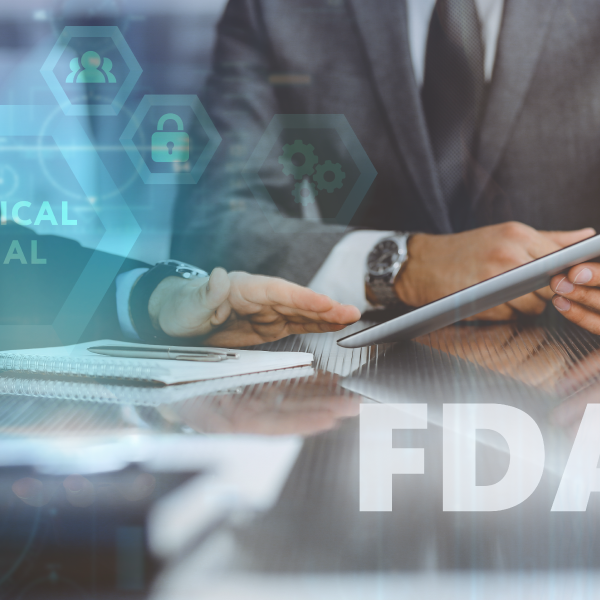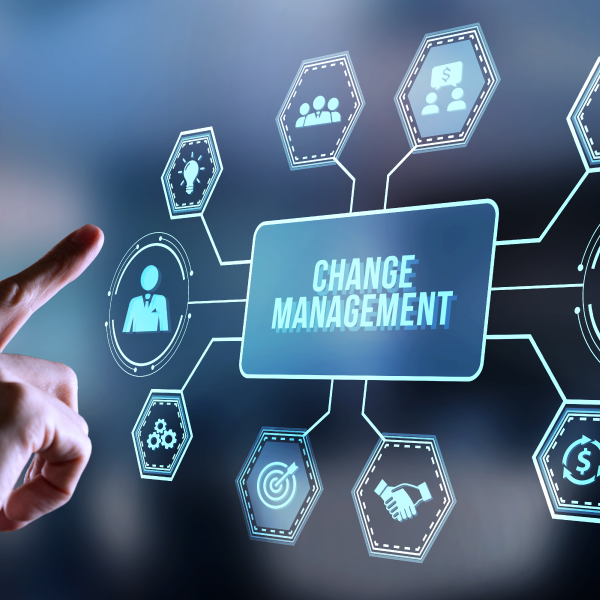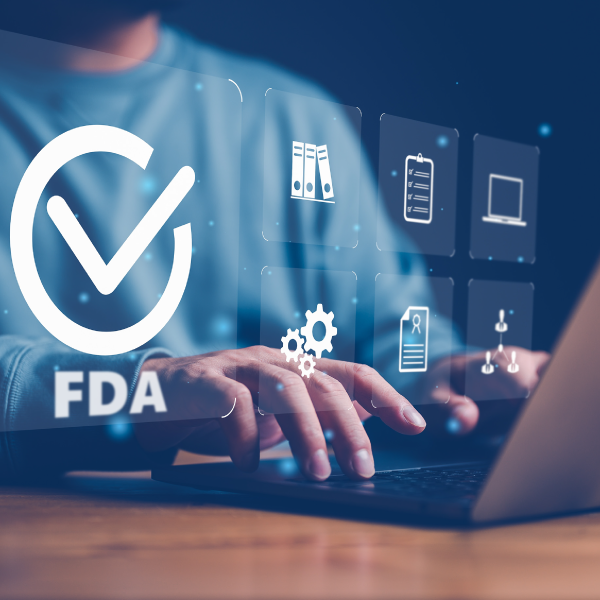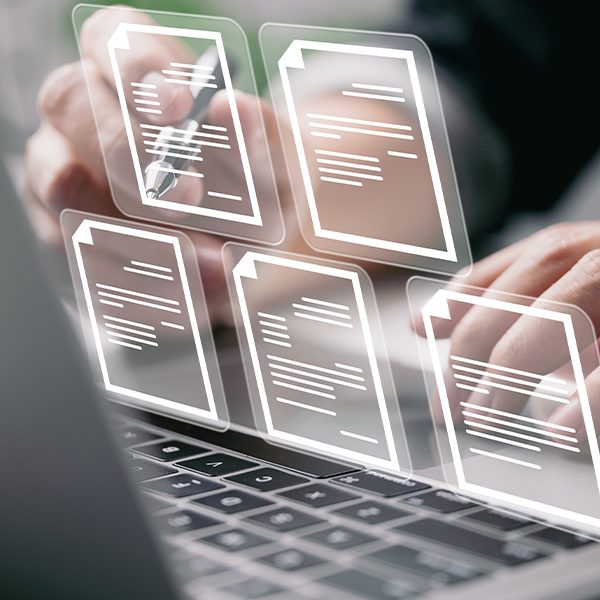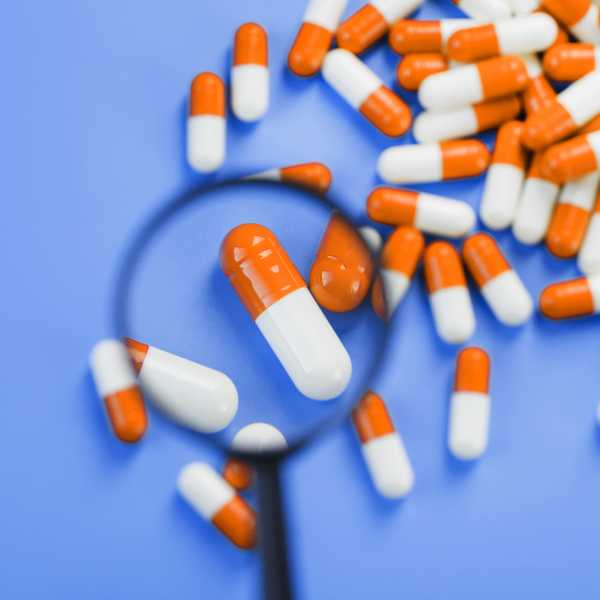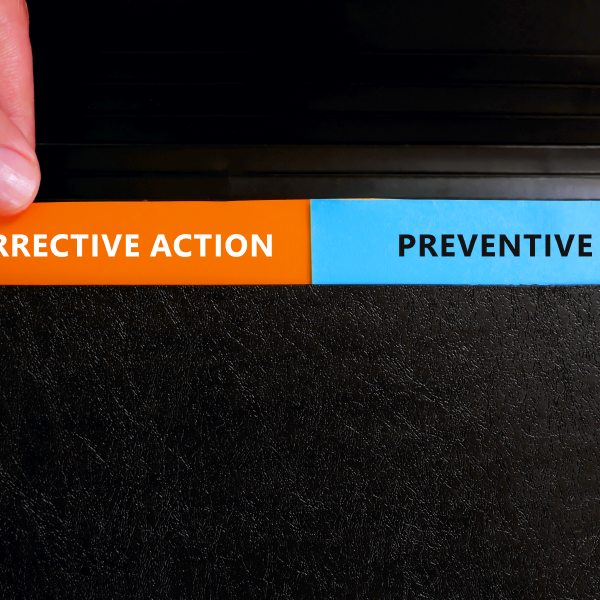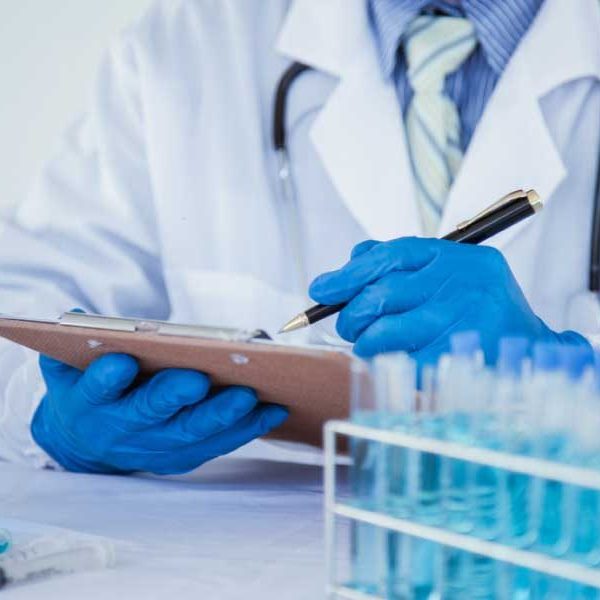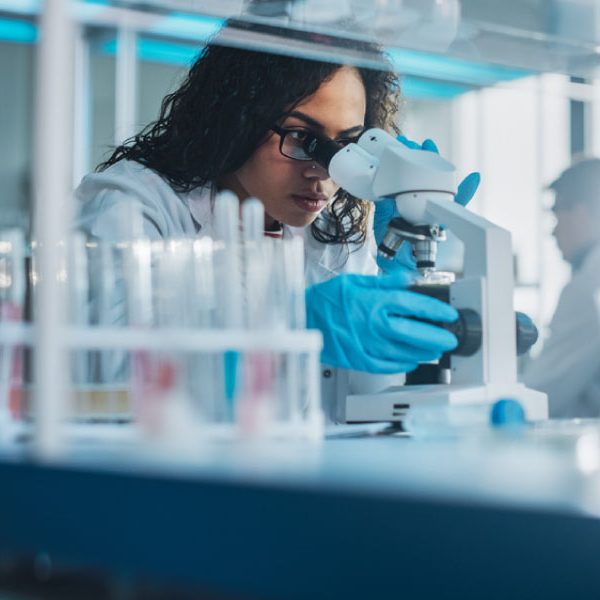Navigating GxP Compliance with Remote Access

Over the past year, many professionals in clinical research have had to navigate through uncharted waters and adapt to remote auditing due to the COVID-19 pandemic. While the landscape of auditing has changed, the basics of confirming compliance remains the same. Almost any audit can be conducted successfully while remote if limitations are recognized and managed appropriately.
FDA guidance on remote auditing
In April of 2021, the Food and Drug Administration (FDA) issued an industry guidance document on Remote Interactive Evaluations. This guidance describes the agency’s adaptation to the threat presented by the COVID-19 pandemic by limiting unnecessary contact while taking a risk-based approach to inspection activities.
This recent guidance is intended to remain in effect only for the duration of the public health emergency related to COVID-19. However, the risk-based approach and methodology outlined in FDA’s guidance may become a permanent model for the pharmaceutical research industry.
Planning and preparation
Planning and preparation for remote auditing are key to success, both from the auditee and the auditor’s perspective. The decision to conduct a remote audit must be considered in light of the risk to study integrity, subject safety, drug quality, and the like, but also the health and safety of the personnel involved in an on-site audit.
Once a remote audit has been agreed to, the logistical challenges of preparation begin. Considerations for planning include, but are not limited to:
- Accommodating for differences in time zones
- Potential language barriers or the need for a translator
- Availability of on-site staff for remote interviews and virtual tours
- Security of technology platforms
- Verification of internet signal strength throughout the auditee’s facility
Sharing platforms for documents and records should be supported by the auditee’s organization and comply with required access controls. Typically, access is granted for the auditor prior to the actual scheduled audit period and may be granted for a limited time post-audit.
Local file storage should be addressed during the preparation stages with the agreement that any convenience copies saved to the auditor’s computer will be wiped clean after the audit has concluded.
During the audit
The conduct of the remote assessment is, in many regards, the same as an on-site audit. An opening meeting is held to bring together the relevant parties, discuss the scope and objectives of the audit, and present the anticipated schedule. The host point of contact may give basic background information about the facility and its history, provide a site tour using live stream technology, and assist in the auditor’s requests for clarity, documents, or personnel to interview.
If there are prior audit findings, the auditor will likely request objective evidence to verify completed corrective and preventive actions. Efficiency can be gained by having records readily available for this part of the audit. If not available in electronic systems, documents maintained in paper form should be scanned to PDF files for transmission.
The conclusion of the remote audit will be signified by the closing meeting, typically with the same people in attendance as the opening meeting. The auditor will summarize their impression of the facility, perhaps suggest improvements and report any findings requiring correction.
If there are objectionable findings or an inability to complete a thorough review of the facility, the auditor may suggest an abbreviated on-site audit as a follow-up.
Adapting to remote auditing in clinical research
Certainly, there have been benefits to adapting to remote auditing, including:
- The reduction of the cost of travel, accommodations, and pay/time for staff arranging travel
- The elimination of the logistics of on-site audits, including booking rooms and providing meals
- Document and interview requests are made prior to the start of the audit, which allows for improved focus on each topic, with little to no interruptions
- In keeping with the basic tenets of clinical research, remote auditing has promoted human safety, by preventing the spread of the COVID-19 pandemic through travel and in-person interaction
FDA’s recent release of the Remote Interactive Evaluations guidance document validates the actions of those in pharmaceutical development who began to adapt to the virtual audit environment early in the COVID-19 pandemic. It stands to reason that further development and refinement of remote auditing will continue into the future.
While born into a world of unknown risks, remote auditing may prove to be an enduring reward for the industry and one of several innovations that have resulted from the worldwide health crisis that is COVID-19.
As the world continues to adjust and adapt to the COVID-19 crisis, we are left to wonder what exactly will define the end of the pandemic. And when that does happen, will FDA, and the entire industry, return to on-site auditing? Will a hybrid approach of remote and limited on-site assessment become the norm? Only time will tell.
For additional questions on remote auditing, email info@mmsholdings.com
